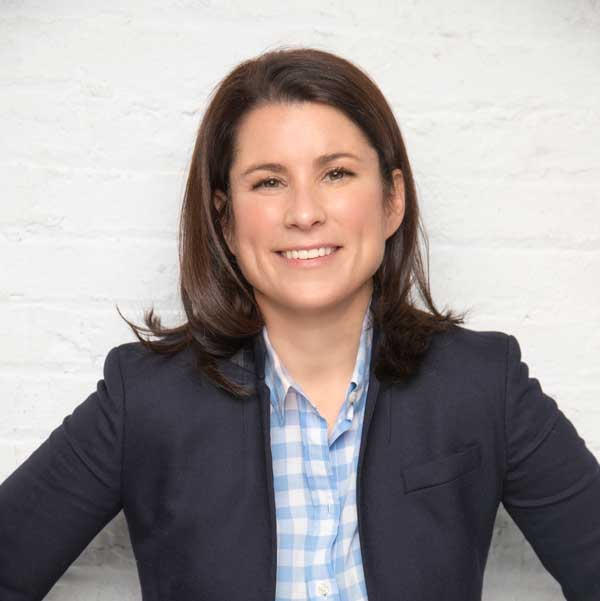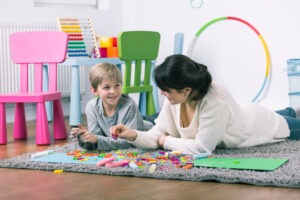1 in 36 children in the U.S. is diagnosed with Autism Spectrum Disorder (ASD), according to the CDC. As ASD becomes more common (partly due to increased awareness and improved identification), the autism community continues to strengthen.
Many people use the term “child with autism”. However, several sources within the autism community (such as the Autistic Self Advocacy Network) report a preference for using the term “autistic child”.
The idea behind this “identify-first” language, according to some, is that it embraces all aspects of the individual’s identity. Professionals, friends, and family members can also ask the individual or the parent which terminology they prefer.
Early intervention services like speech therapy and occupational therapy can help support autistic children by improving their language skills, social skills, and sensory processing abilities.
A multidisciplinary, family-centered approach to these interventions has been shown to lead to improved outcomes. Research has even proven that family involvement in therapy for autistic children helps reduce the stress experienced by family members.
The Components of a Multidisciplinary Team
- Speech-Language Pathologist
- Occupational Therapist
- Physical Therapist
- Teacher(s)
- Behavior Therapist (ABA (Applied Behavior Analysis))
- Psychologist
- Developmental/Behavioral Pediatrician
- Neurologist
- Audiologist
- Pediatrician/Primary Care Physician (PCP)
Depending on the child’s medical needs, he or she may also be followed by specialists such as an ear, nose and throat doctor (ENT), gastroenterologist (for GI issues), allergist, or a sleep medicine doctor.
Since it’s common for autistic children to have feeding difficulties, he or she might even be working with two speech-language pathologists; one therapy focusing on communication and the other on feeding (such as picky eating).
According to research, collaboration between professionals can be a key factor in efforts that aim to increase how effective services are for children on the autism spectrum.
Family Involvement
Numerous studies have shown that family participation in the child’s therapy can lead to reduced stress and increased satisfaction. Parents can collaborate with the rest of the team during the assessment and intervention.
An Effective Team Approach
Specialists working with an autistic child can collaborate in ways like these:
- Multidisciplinary assessments
- Joint debriefing
- Meetings
- Co-treating sessions
- Communicating regularly (sharing clinical experiences)
- Staying up to date with documentation from other professionals working with the child
Parents can help facilitate this communication. They can do this by letting the professionals working with their child know about other specialists the child is seeing, and by relaying any specific strategies that seem to be effective during other therapy appointments.
Multidisciplinary Assessment
In individuals with autism, an early diagnosis is considered optimum. A timely diagnosis can lead to early intervention and improved quality of life for both the child and the family.
In some cases, initial screenings by professionals like early interventionists or speech-language pathologists may lead to a referral for more comprehensive testing as the first step towards an Autism diagnosis.
Delayed language is one of the earliest signs of autism, according to research. If parents have concerns regarding their child’s speech and language skills, a speech-language pathologist can complete an initial evaluation.
Atypical play behaviors (including restricted, repetitive behaviors or narrowed interests) are hallmark characteristics of ASD. An Occupational Therapist can complete an evaluation that looks at the child’s play skills, behaviors, ability to complete daily life tasks, and sensory processing abilities.
Specialists can collaborate and share clinical information and expertise that can accurately identify characteristics of Autism. A developmental pediatrician or child psychologist, can complete a diagnostic assessment (such as the ADOS-2: the Autism Diagnostic Observation Schedule), and can make the diagnosis of autism.
Parents know their child the best, and can provide valuable information during these assessments that can help professionals make an accurate diagnosis. A child may behave differently in a clinic or at the time of the evaluation.
When taking their child to an evaluation, parents can bring personal notes (like a list of words the child says or specific concerns), videos of their child from home, and documentation from other professionals (such as an Individualized Education Plan, or IEP, from the child’s school).
Treatment
- ABA therapists can share strategies for behavior management (such as visual schedules or timers) that can be used in speech therapy or other therapies to improve the child’s participation.
- Speech therapists can describe the child’s communication skills, like their comprehension level for following directions or strategies for encouraging the child to communicate during interactions or therapy activities.
- Occupational therapists might give recommendations for activities that can help the child with sensory regulation.
- Allergists might determine a child’s sensitivity to certain foods that can cause the child’s aversions during feeding therapy.
It’s been emphasized in research in the Journal of Family Medicine and Primary Care that family participation during treatment sessions and carryover of goals or strategies during daily life can improve a child’s level of progress. According to this recent study, parents can also help by:
- Being responsive to the child’s communication patterns
- Following the child’s interests
- Increasing daily interactions with their child
Additional Resources
TherapyWorks follows a multidisciplinary, family centered approach for children with autism and other disorders, and offers speech therapy, occupational therapy, physical therapy and ABA. If you would like to learn more or discuss your child’s specific needs, please don’t hesitate to reach out to TherapyWorks!








